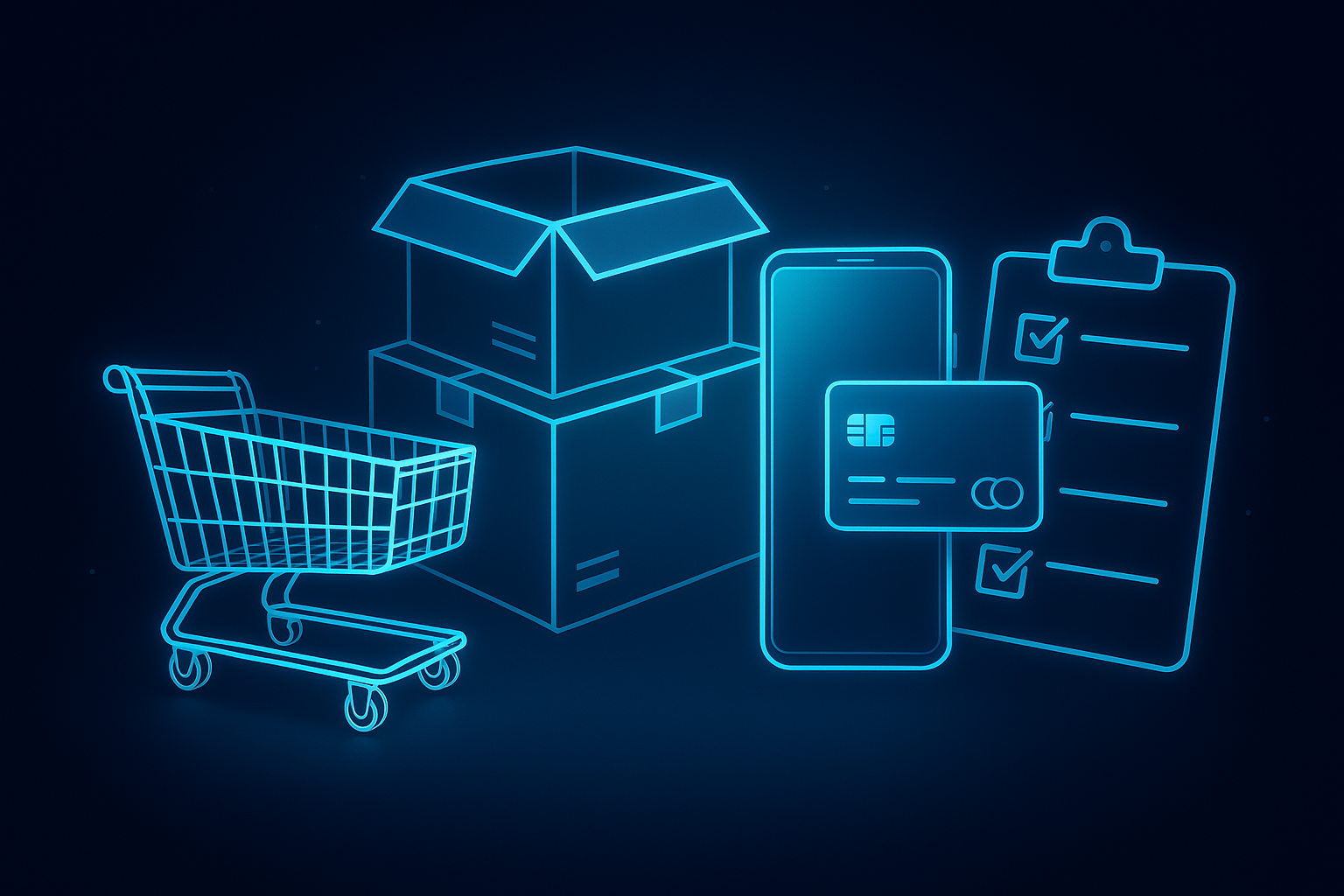

A roadmap for successful ERP integration in modern eCommerce
When it comes to moving your ERP to a modern and headless eCommerce solution, the ‘when’ is just as important as the ‘what’. Once you’ve established the rationale for your new solution and how you want to go about implementing it, the next most important step is thinking about timings and priorities.
The absence of a clear timeline can present a real obstacle for businesses, so it’s best to conceptualize an ERP integration in modern B2B eCommerce with the following structure:
- Evaluate and analyze
Assemble a project team containing members of different internal groups to discuss current issues that need resolving.
- Create a timeline
Draw up a progress timeline that will map your path to full integration.
- Organize the data
WIth your current ERP’s capacity and pain points in mind, organize your data so it meets the requirements of your new B2B eCommerce solution.
- Integration and implementation
Configure your headless eCommerce solution to suit your new requirements, and begin data importation with your ERP.
- Testing
Liaise with the IT department to thoroughly test different functions of the system pre-launch, allowing time for improvements.
- Training
Ensure all staff who will be interacting with the new system are adequately trained.
- Deployment
Get your modern eCommerce solution live, and put it to work with your ERP.
- Ongoing support
Keep on top of any issues that arise, ensure that everyone is comfortable with use, and feedback on how effective the integration has been in different areas.
Download our complete guide on how to modernize B2B eCommerce
When mapping out the road to success, consider the following:
Be realistic
ERP integration with modern eCommerce takes time, but it’s a lot more effective and efficient than adding complex extensions to an existing ERP that isn’t up to the task.
Setting realistic deadlines for your move to modern B2B eCommerce allows you and your team to transition into a new digital reality, with room for accuracy, improvement and learning. This also prevents any rushed completion of data synchronization inevitably coming back to haunt you.
Think big, start small
You don’t need to start big to succeed. Often starting smaller and focusing on the most important elements in your new eCommerce solution will lead to success. This is because the concept is tested with products actually being sold, and the people from your organization can manage the new platform systems.
Set goals
Being able to accurately measure the success of your project is crucial. Before you begin the process, specific quantitative KPIs should be established in order to track the progress of your ERP integration over the course of its implementation and beyond.
Be flexible
No ERP integration into modern eCommerce solutions will ever materialize in the exact way that it was initially imagined. Be prepared for your project to take unexpected turns, and you’ll have the necessary leeway to adapt your approach as the project begins to roll out, no matter what happens elsewhere in your business.
Make or break your business
By unifying your business under a single, centralized view, synchronizing your data across platforms and new sales channels while automating labor intensive processes, you’ll be prepared for the future.
Moving your classic ERP to a headless B2B eCommerce solution is the difference between making and breaking your business. Meeting your customers' demands and offering a consistent,rich experience is no longer a “nice to have” but a question of survival. Businesses must adapt and adjust their digital eCommerce model. Fast.
Key considerations
- In your existing ERP system, how is data shared and used across your organization?
- How is data shared across the organization today?
- How many feature stretches have you done on your existing ERP system?
- How do you manage your stocks and your product information across channels?
- What department has the most inaccurate data and why?
- What are the core issues with your current ERP system and how can you resolve them?
- What visibility do you have over your customers' orders and demands?
- How does your company strategy align with your digital ambitions?
- How have you planned on moving your ERP into modern eCommerce?
- How many internal capabilities do you have for your new B2B eCommerce project (IT, marketing, sales)?
- How much return on investment do you expect over the next 3 years?
For more information on how DJUST can help you move your ERP into modern eCommerce, get in touch today.

-modified.avif)



.jpg)